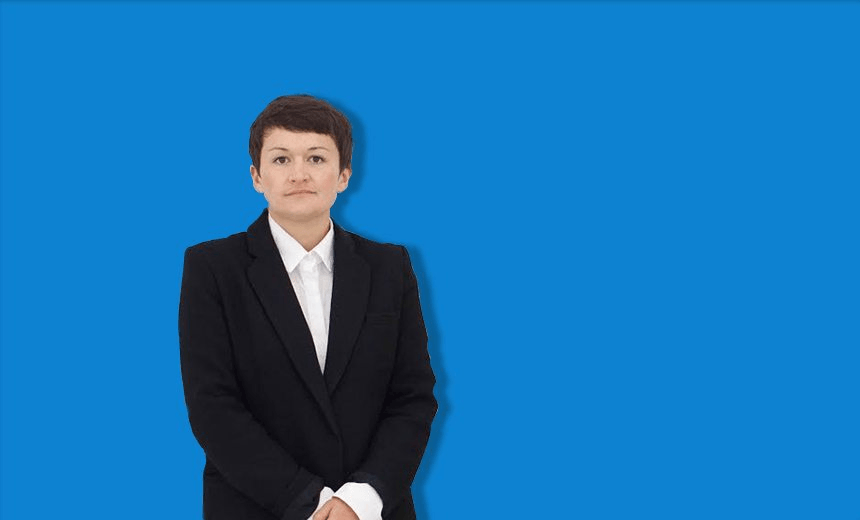‘Business is Boring’ is a weekly podcast series presented by The Spinoff in association with Callaghan Innovation. Host Simon Pound speaks with innovators and commentators focused on the future of New Zealand, with the interview available as both audio and a transcribed excerpt.
The art business is an interesting one. Gallery owners need to be a cross between managers and agents, looking after their artists and their collectors, building careers with each show. It’s a whole world that can be a bit opaque to outsiders, with contemporary art a favourite for media to wilfully and enthusiastically misunderstand for good my-kid-could-draw-that fun.
Sarah Hopkinson knows a bit about this as the gallery owner of Hopkinson Mossman with business partner Danae Mossman, someone Sarah credits as being the best thing to happen to their business. And even talking business can be a bit tricky when dealing with things that are worth more than money, like ideas, so it was very kind of Sarah to come on to chat to us.
Either download or have a listen below, subscribe through iTunes or read on for a transcribed excerpt.
Is it easier or harder than other businesses to get started? How do you run an art gallery?
I don’t know if I can speak to other kinds of business because I have never been involved in any other kind of business. How do you run an art gallery? Well, common sense, intuition, curiosity, confidence, and energy, I think. I don’t know, if I could go back, I wouldn’t change anything, I don’t think. But I would certainly probably have done some basic accounting skills, that would have probably made those first couple years a bit smoother.
You got started pretty much with the global recession, didn’t you?
Oh yeah. It’s a great time to open a business. We ran on the smell of an oily rag and I think we had to keep our overheads as low as possible. Galleries have high overheads for the size of business that they are. It’s always tough to sell contemporary art. The kind of contemporary art that we sell. So to be honest, I don’t know if it really made that much of a difference.
Sometimes I’ll walk into and art show and I’ll look at this beautiful big space with beautiful high ceilings and then inside this enormous thing, with all these people drinking free wine, will be like one tv on a chair in the corner.
I think you’ve been to one of our shows, Simon [laughs].
You think ‘what are they going to sell? How are they going to pay the bills for the next two and a half months?’ As a gallery owner, do you ever get a delivery from an artist and go ‘oh shit, won’t be able to sell anything here.’
Of course. All of those decisions – the way we structure our programme – they’re all strategic. We hope we know and can anticipate where artists are at in terms of market reception and things like that. All of our shows are, we think, really critical and really vital for a conversation which we’re building within the programme. It’s just that some of those are also a little bit easier to sell, some of them are harder to sell. There are so many different dimensions to the way that artwork is valued that it’s good to make really tough shows. You don’t want contemporary art to be tame.


